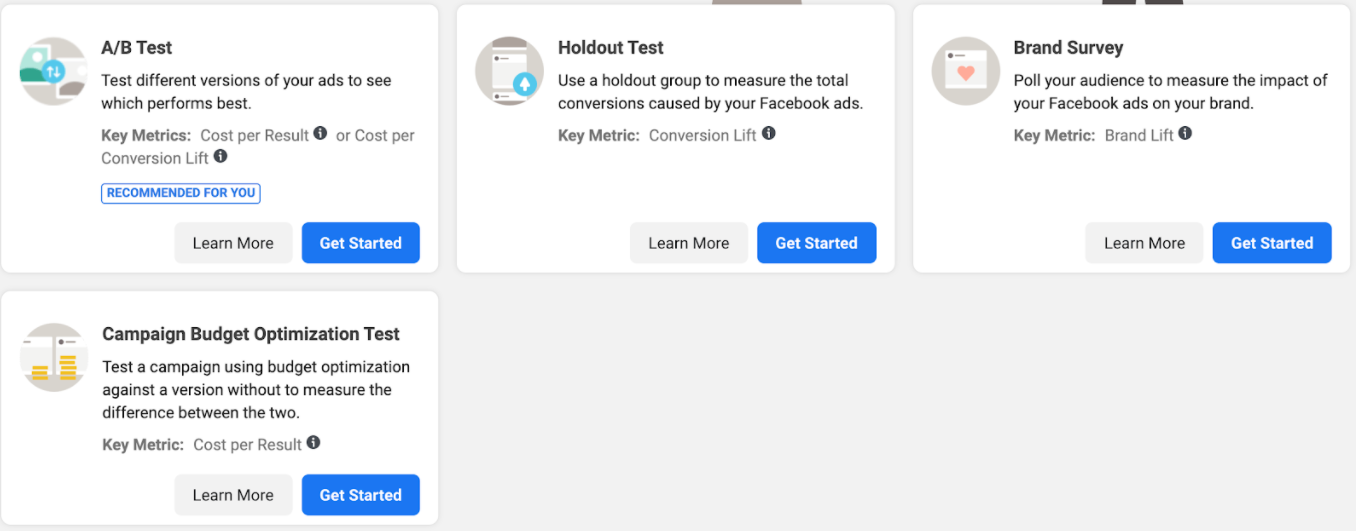How Do I Scale Campaigns on Facebook?
Facebook is the most common advertising channel for DTC brands. It is a significant part of budgets and typically brands assign dedicated resource(s) to execute campaigns and monitor performance. It is being optimized on a regular basis, but scaling campaigns on Facebook for optimal efficiency and profitability can be very challenging for marketers.
How do I scale a campaign on Facebook?
There are three basic ways to scale a Facebook campaign (this is applicable to other channels as well):
- Increase Budget: Increasing campaign spend is a common way to gauge scale or depth. Let’s say you are spending $1000/ day for an ad set and hitting the limit i.e. spending all of the allocated $1000. If the performance has been satisfactory based on business KPIs then the decision could be to increase it $1500/ day and monitor performance.
- Relax Constraints: This is the scenario where the spend is less than the actual allocated budget. Example, the actual spend is $500/day out of the allocated $1000/day. Adjusting bid caps or other constraints can help increase reach and spend more to get a better read of performance and scale.
- Audience Constraints: Audience saturation will limit the scale of the campaign. This occurs when a significant portion of your targeted audience has been reached. Total reach and frequency are good indicators on audience saturation and most of your targeted audiences that are active on FB platforms have been reached. It is important to note that it is highly unlikely that we see any ad set achieving 100% penetration barring audiences like CRM lists or retargeting lists. Solution to audience constraint is to try and expand your targeted audience (e.g. If you are targeting lookalikes 1-2%, increase it to 3-4% etc.).
How can I test for scale or depth within Facebook?
Facebook inherently offers some lift testing methodologies to ascertain lift, conversion lift and some others like shown in the image below. However, testing for depth & scale within an audience or ad-set is not a standard offering.

Incrementality based Scale Testing
This type of testing takes the guesswork out of the scaling campaigns. Marketers do not want to increase budgets 2 or 3 fold to simply test scale. This may cause their efficiency to drop significantly. With an incrementality based approach to scale testing, marketers can quantify the impact and understand which tactics, audiences and adsets have more, or less, room to scale.
The first step is to establish the incremental contribution of the channel, tactic, audience and/or adset. This does not rely directly on last touch reporting provided by publisher platforms. It is a ‘test and control’ cohort approach to measuring incremental contribution of media. Using this approach, the outputs will provide an incremental version of key marketing metrics like incremental CPA, incremental ROI or incremental ROAS, which are then aligned to business goals and targets.
With this established, a scale test is designed to simulate an investment using a fraction of the capital (typically 10-15% of the intended investment amount) without taking a severe hit on efficiency. A partner like Measured plots the diminishing return curves to inform marginal metrics for a channel, tactic, audience or ad-set that helps inform depth and scale.
Armed with the diminishing return curves, marketers have the facts and the confidence they need to make step function changes in marketing investment in order to drive transformative business growth.
What are considerations when designing an incrementality test?
The test needs to be statistically significant to be able to provide relevant and actionable insights. In order to meet statistical significance within an experimentation setup one must consider the following:
* Length of the experiment – A minimum duration for the time period to be good sample representation is important for a reliable read.
* Volume – Sufficient spend and conversion volume is another important consideration.
* Consistency – The experiment should be set up to mimic a business-as-usual time-period and scenario with no outliers or seasonal variances.
If the experiment is ended before those thresholds are met or is not a representative time-period/ situation, it may not be usable.
What are the methodologies to test for scale within an incrementality setup for Facebook?
There are two main ways to test the incrementality for Facebook: Matched Market Test:
This split is based on geographies rather than audiences. A representative (matched – based on a number of attributes), yet smaller geography is used as a test geo against a control geo. The market is then saturated with advertising spend for the channel. This methodology in practice is very mature, and it can be used for non-addressable channels like TV as well.
Three Cell Scale Test:
This test incorporates three cells – the initial campaign (1) and control (2) cells, which inform contribution, and another cell (3) to test for scale. The third cell will have other attributes but with a scaled budget for a fraction of the audience. In that sense it still operates as an Audience Split test. When the third cell is compared to a business-as-usual test cell and a holdout control cell, it will help measure the incremental impact of the additional scale, before doubling or tripling the budget with the risk of efficiency loss.
How often should you test Facebook advertising?
If you are a performance driven growth marketer and investing significant budget dollars within Facebooks ad platforms, at the very least you should conduct a lift study. The study will provide a snapshot in time of Facebook’s incrementality. It will produce an aggregate, program-level read that is directionally informative and can be a useful data point for portfolio allocation decisions at the channel level.
A better scenario is running always-on experimentation which allows for viewing the incrementality of your Facebook media over time and at a granular adset/audience/campaign level. Incrementality is quite volatile and a lift study will not pick up the swings that are easily observed with an always-running experiment with strong reporting capabilities. Macro level events like seasonality, pandemics, promotions and competition all are contributors to the movement in incrementality and need to be accounted for, along with business context, when making high stakes media investment decisions.

